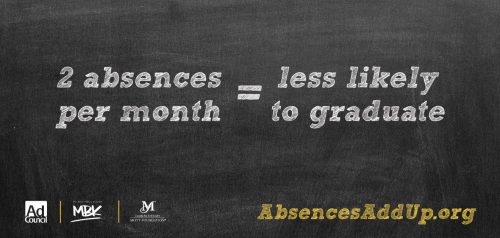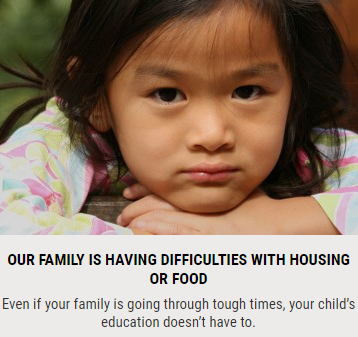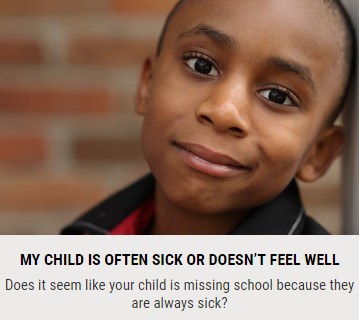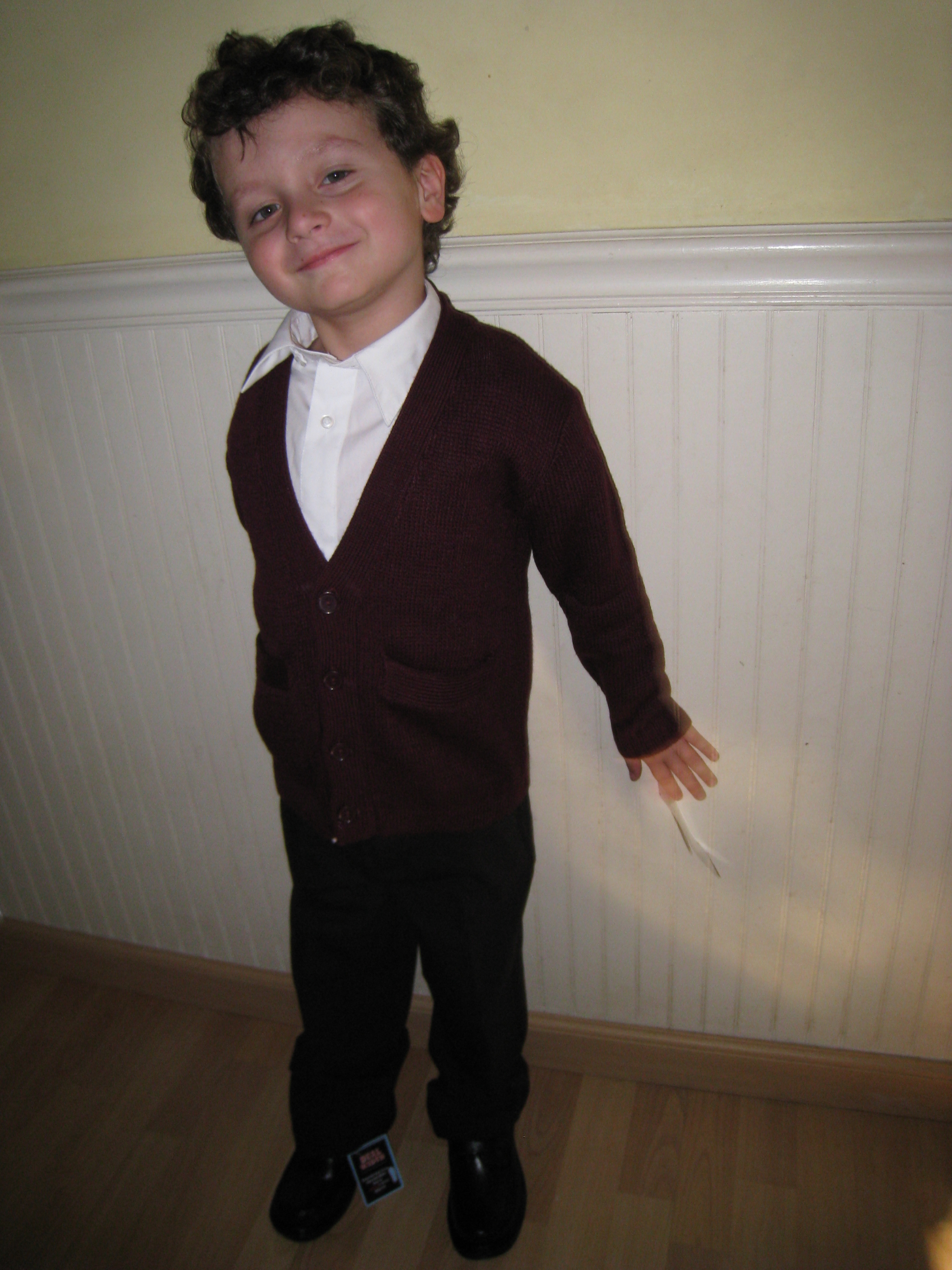Children exposed to PCBs have been found to have lowered performance on memory, psychomotor and behavioral tests, and reduced IQ. What can you do to protect your child(ren)?
Polychlorinated biphenyls, or PCBs, are toxic industrial chemicals that were produced by Monsanto and used in caulk and other building materials until they were banned by Congress in the late 1970s. Caulking laced with PCBs is most likely to be found in schools and other buildings constructed or remodeled between 1950 and the late 1970s.
In addition to caulking, old fluorescent light fixtures may contain PCBs in ballasts, components that regulate the current to the lamp. These fixtures with PCBs are past their useful life spans and could rupture, which would expose kids and teachers in the buildings to PCBs.
There are tens of thousands of schools built during the PCB era that have not been tested for PCBs, and which are highly likely to contain these chemicals, potentially endangering the health of students and teachers. Schools should test for PCBs in caulking, air and dust. School systems with older fluorescent light fixtures should develop disposal plans.
Concerned parents should ask these questions of a school or school district:
- When was the school built?
- Were there any major renovations during the 1950s through the 1970s, when PCBs may have been used in caulk and other building materials?
- Has the school or school district conducted a PCB survey?
- Were any major renovations undertaken after 1979? If so, did anyone test for PCBs and remove contaminated materials?
- If PCB testing was done, what type was it: air testing, dust sampling or caulk testing?
- Has the school publicly released all testing results, the testing method and the name and accreditation of the testing lab?
- If PCBs were found above the legal limit of 50 parts per million, what actions were taken to test the rest of the building?
- Has the school conducted an inventory of all fluorescent lights to identify which ones might have ballasts made with PCBs and should be removed immediately?
- What is the school’s overall plan for removal and disposal of all PCB-contaminated fluorescent light ballasts?
- If the school building was constructed or renovated during the 1950s through the 1970s and no testing has been done, ask them to test caulk, air and dust.
- If any PCB sources are detected, ask the school to develop a public, transparent PCB removal and remediation plan.
PCB contamination is not the only environmental challenge facing schools. School administrators must cope with wide range of other environmental hazards, including asbestos, radon, mold, toxic cleaning chemicals, pesticides, and lead in drinking water. While this report focuses on the health risks of PCBs in schools and what parents can do to find out about them and reduce their children’s exposures, America must make a substantial investment in school infrastructure to address school environmental health issues.
See more at




















